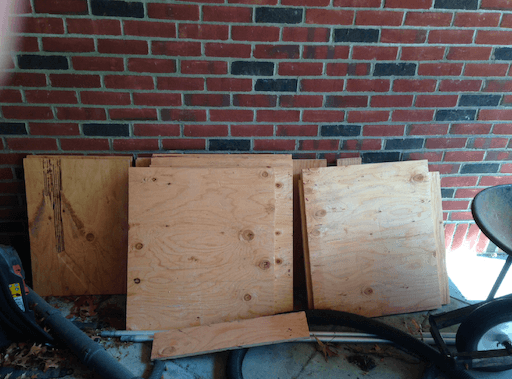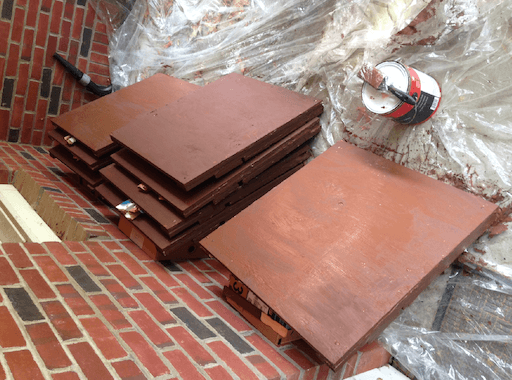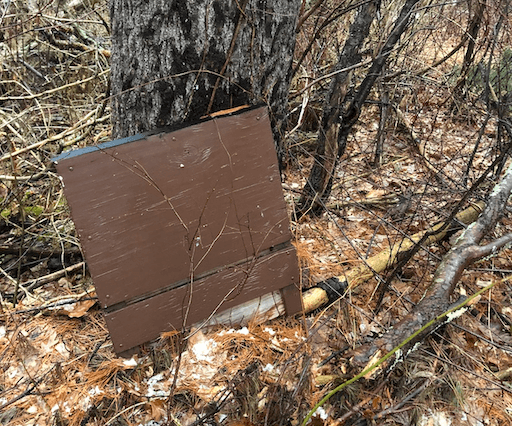
The local bat population of my hometown are a vital part of their ecosystem. They keep annoying insects, such as mosquitos, under control and are effective pollinators. Bat populations within my hometown were depleting due to a fungal disease, called White Nose Syndrome, which was brought to their habitats by climbers with gear infected with fungal spores. For my Boy Scout Eagle Project I built 8 single-chamber bat houses and installed them in one of my hometown’s local conservation areas. This provided my town’s local bat population with suitable habitat, free from the fungal spores that cause White Nose Syndrome.
The Importance of Bats
One of the main benefits of bats for humans is pest control. They can eat thousands of mosquitos and other pests per night, many of which can carry diseases. Many species of bats are also pollinators in their ecosystem, helping the local plant life as well.
White Nose Syndrome
White Nose Syndrome is a disease that affect hibernating bats which causes them to wake up early and starve. A fungus called Pseudogymnoascus destructans is common in caves in Europe and Asia and has little effect on the bat populations there. It is believed that this fungus was transferred to caves in North America from climbers who did not clear their gear properly. The fungus grows on the noses of bats in North America, irritating them and causing them to become abnormally active.
White Nose Syndrome has killed millions of bats in North America, completely wiping them out in some areas.
See this article for more information.
Bat Boxes
Bat Boxes are man-made bat habitats, that are designed to be a place for bats to roost. They are designed to be cheap and easy to construct, so anyone can build and put one on their property.
I attended a Bat Box Workshop, hosted by my local conservation organization, to learn more about the necessity of bats and how Bat Boxes can help. From this workshop, I was introduced to the Bat House Builder’s Handbook, which provided detailed instructions for how to plan, construct, and install Bat Boxes. This handbook can be found here.
Construction
I decided to construct 8 Single-Chamber Bat House, found on page 10 of the handbook. The majority of the material was plywood, which was generously donated by a local lumber supply store in my town. The paint, screws, and caulk were donated by me.
 Freshly cut plywood.
Freshly cut plywood.
The plywood was cut at a local woodworking hobby shop and constructed in my backyard by a group of volunteer Boy Scouts and students. The boxes needed to be painted in stages, so the construction process took a few days to complete.
 Freshly painted Bat Boxes.
Freshly painted Bat Boxes.
Installation
After many meetings with my town’s local wildlife and conservation committee, I finally got the green-light to install the Bat Boxes in a small piece of conservation land.
The Bat Boxes were installed, by-hand, on trees throughout the area. This required me and a few volunteers to climb ladders and screw the Bat Boxes into place. Special stainless-steel screws were used to prevent rust which may harm to the trees.
Current Status of The Bat Boxes
The Bat Boxes have been on the trees in the conservation area for many years now. Since their installation in 2017, there have been many storms in the area which have knocked down one of the Bat Boxes. The other seven are still in their trees and show no sign of degradation.
 The Bat Box that fell from its tree due to a storm.
The Bat Box that fell from its tree due to a storm.
 One of the Bat Boxes that are still in their tree today.
One of the Bat Boxes that are still in their tree today.